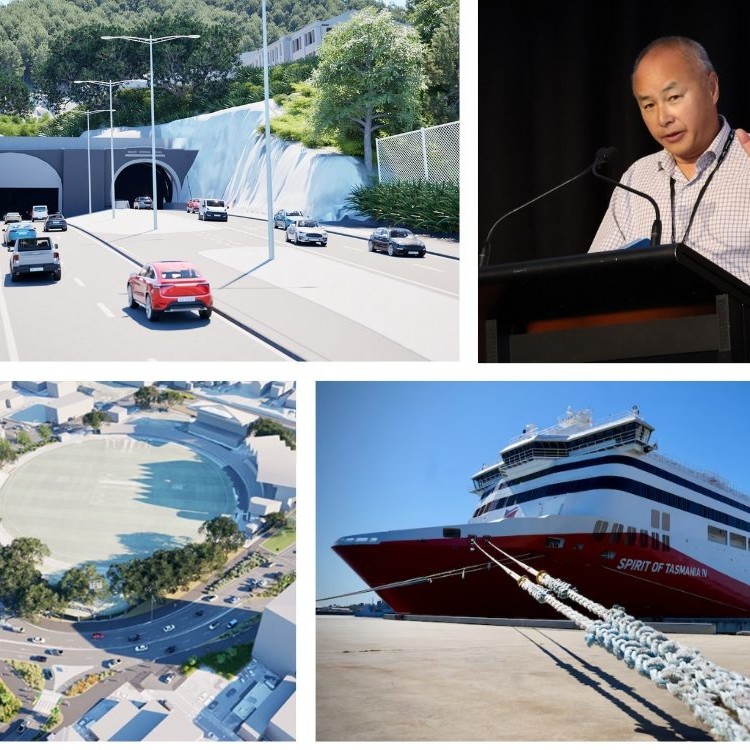
Late last week, we got a heads up from MBIE that the Minister of Immigration, Erica Stanford, could be announcing some decisions about the transport sector on Sunday and MBIE was offering to discuss them shortly after the announcement. The main change announced is that any drivers who apply for their Accredited Employer Work Visa (AEWV) from April 7 onwards won’t have a path to residency.
I found it intriguing that the Minister had taken the approach of not consulting industry during the lead up to making these changes. On the one hand, that approach allows government to be much more responsive and act faster which isn’t necessarily a bad thing.
The previous government brought in the Transport Sector Agreement Work to Residence pathway in July 2022 and it was seen as a one-off boost of workers to address critical shortages in key transport sector roles. This was done on the back of Transporting NZ reporting a shortage of 3,449 truck drivers nationwide in 2022.
Visa data shows a total of 4,028 drivers applied for AEWVs between July 2022 and February 2024. Information the Minister received from Waka Kotahi NZTA and the Ministry of Transport suggests the shortages of bus and truck drivers reported when the agreement was established have since been filled. In fact, there is concern that this pathway may now be stimulating excess demand for bus and truck drivers. On that basis, there’s a good argument that the residency pathway achieved its goal and it should be amended.
On the other hand, there are a number of downsides.
Regardless of government saying the change will only affect drivers who apply for an AEWV from 7 April 7 onwards and people who already hold AEWVs or those whose applications up to then are successfully processed, will retain their residence pathway, the quick change has created uncertainty for drivers in the current system and their employers.
Another downside is our industry’s capability to manage demand volatility. Road transport demand is influenced by a multitude of factors, often with relatively short lead times. For example, log export demand is down due to the economy in China, and livestock transport demand is also affected by international and domestic demand as well as local climatic conditions. At a micro level, network access, congestion, road works, and delays at loading and unloading sites create increasing levels of uncertainty around the reliability of truck journey times. All these things lead to significant challenges understanding and responding to demand.
There is already considerable concern that there will not be sufficient workforce to undertake the Cyclone Gabrielle recovery work, not to mention the truck drivers needed for the Roads of National Significance programme.
There is a global shortage of truck drivers and losing favourable access to immigrant drivers will mean many experienced, highly skilled migrant drivers choose other countries such as Australia or Canada, and New Zealand loses out. Undoubtedly, this means we will be less able to manage demand volatility, and it will jeopardize the economic growth and freight task that the Government wants to achieve.
However, perhaps the biggest disappointment for me was reading that the Minister said “the changes would focus on using the local labour market first, while still attracting high-skilled migrants.” In other words, truck driving doesn’t require high skills.
It’s not uncommon for a new truck and trailer combination to be worth in the order of $1 million and some will be worth considerably more. Our members put their trust in their drivers to operate these high value units typically at weights of 50 tonnes travelling at 90km/h on highways where lane separation is delineated by a 100mm wide white paint line and the lateral separation between these trucks and passing traffic is in the order of two or three metres. The sooner we can get more people to appreciate that driving trucks takes significant skill the better.
Next week we’re having a one-on-one with Transport Minister Simeon Brown and we’ll be urging him to talk to his ministerial colleagues and keep the option of restoring the Residency Pathway on the table as it reviews and reforms immigration policy. We’ll also be seeking support for domestic workforce development and road transport industry training.





